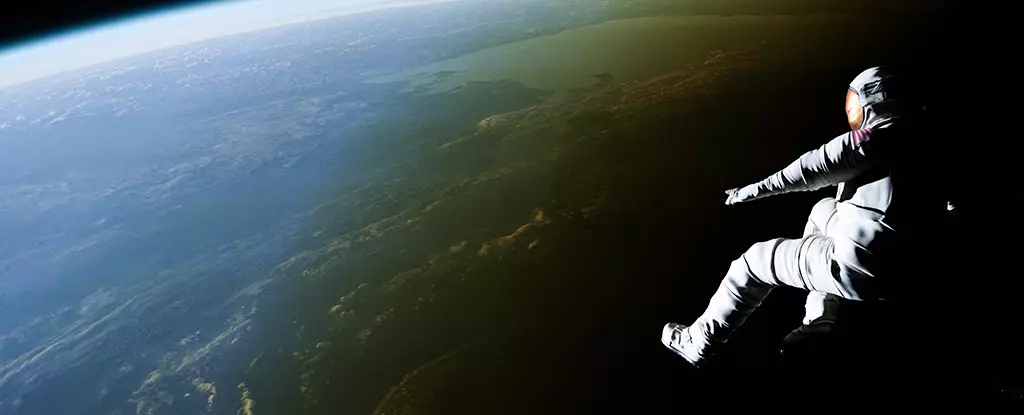As humanity’s exploration of space expands beyond the confines of Earth, a new field of study emerges: astroforensics. This discipline, still in its infancy, is driven by the inevitability of human nature and the unique challenges presented by the harsh environment of space. Unlike on Earth, where gravity is a constant force shaping many aspects of our reality, space introduces novel challenges in understanding how evidence behaves. The reduction of gravity in space creates new challenges for forensic sciences like bloodstain pattern analysis, which relies heavily on gravitational effects to determine the circumstances under which blood stains are formed.
The Role of Gravity in Forensic Investigations
Gravity plays a critical role in how airborne liquid blood interacts with a surface and creates stain patterns. Bloodstain pattern analysis involves the use of fluid dynamics, physics, and mathematics to understand the flight and origin of blood in criminal investigations. In a recent study conducted by researchers, the altered gravity environment of space was explored to understand how it will impact future forensic science disciplines. By conducting experiments in microgravity, researchers were able to observe how blood behaves differently in space compared to on Earth.
To simulate the altered gravity environment of space, experiments were conducted in a freefalling microgravity environment where blood drops were projected onto a surface. The experiments were carried out inside a repurposed pediatric incubation chamber, known as a glove box, which provided a controlled environment for the study. A synthetic analogue of blood was used instead of real blood to eliminate biohazard concerns. The analogue blood mimicked the physical properties of real blood, such as viscosity and surface tension. The experiments involved projecting blood drops across a paper surface and analyzing the resulting stain patterns.
The study found that microgravity does indeed change the behavior of blood drops and the stains they create. On Earth, blood tends to fall in a parabolic manner due to gravity, but in microgravity, the blood continued to travel in a straight line until it hit the surface. This straight-line flight path demonstrated the principles of inertia in action. Additionally, the spreading action of blood upon striking the surface was inhibited in microgravity due to the dominant forces of surface tension and cohesion. This resulted in smaller stain shapes and sizes compared to stains created in a gravity environment.
The research conducted in this study has implications beyond forensic sciences. The impact of studying the behavior of forensic evidence in space extends to more traditional natural sciences as well, such as fluid dynamics in spacecraft design and analyzing faults in space forensic engineering following a spacecraft malfunction. The research opens up a new avenue for studying the behavior of substances and materials in space environments, contributing to our understanding of how various factors interact beyond the boundaries of Earth.
As we enter a new era of research in astroforensics, there is a need for larger microgravity environments to further explore the impact of extra-terrestrial conditions on forensic evidence. The study of astroforensics has the potential to shape the way we investigate crimes in space and utilize forensic techniques beyond the boundaries of Earth. The authors of the study are eager to expand research in this new forensic discipline and potentially operate the galaxy’s first extraterrestrial forensic science laboratory.


Leave a Reply